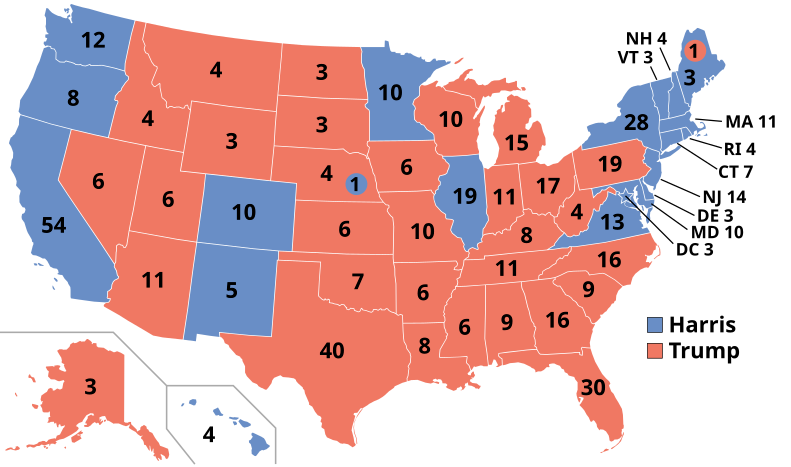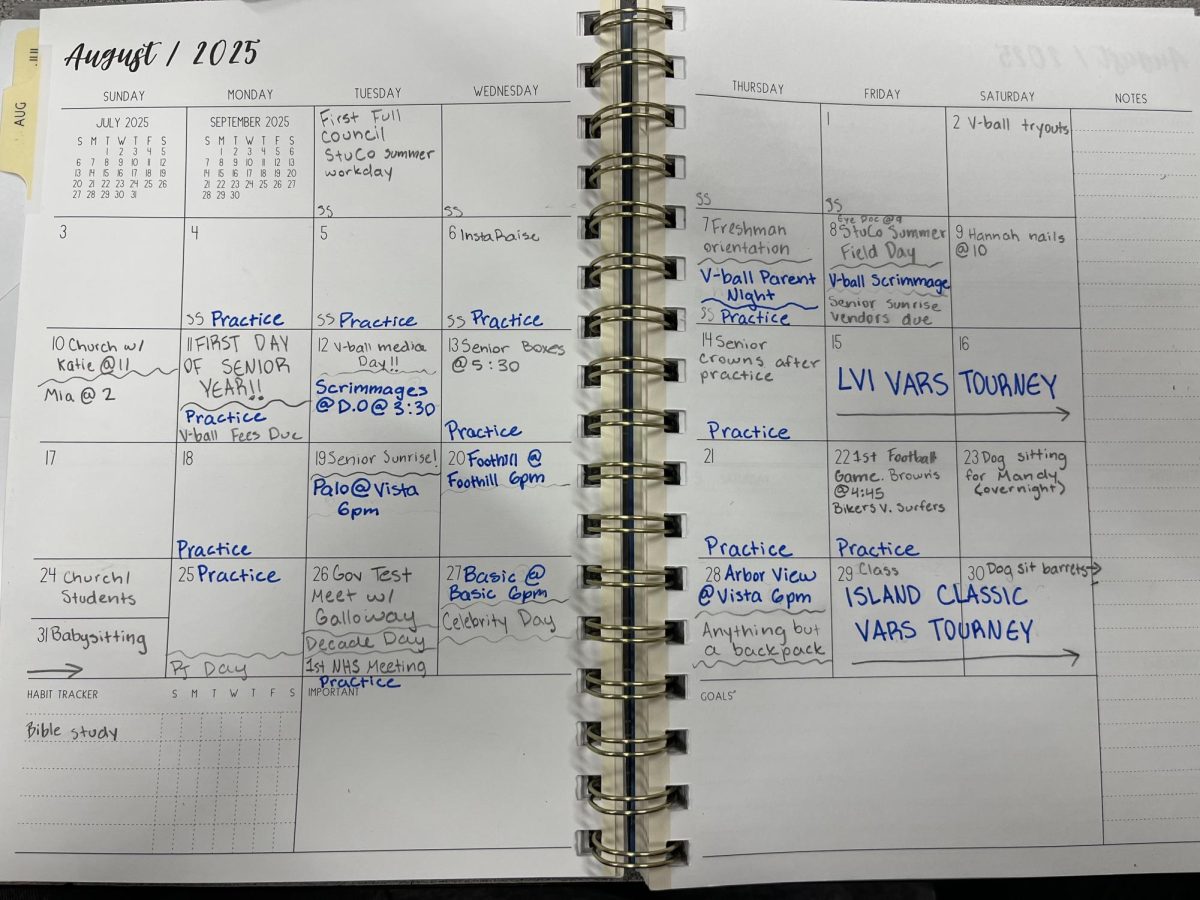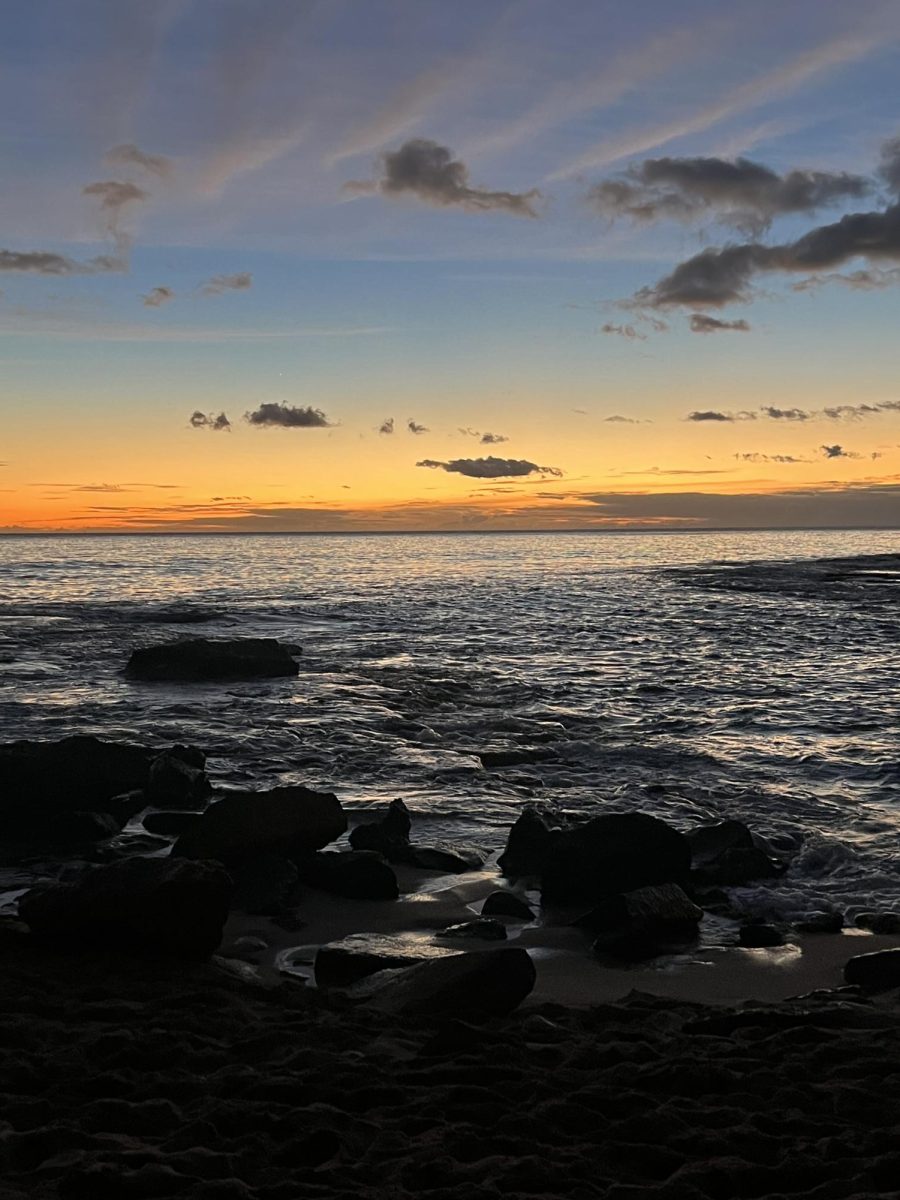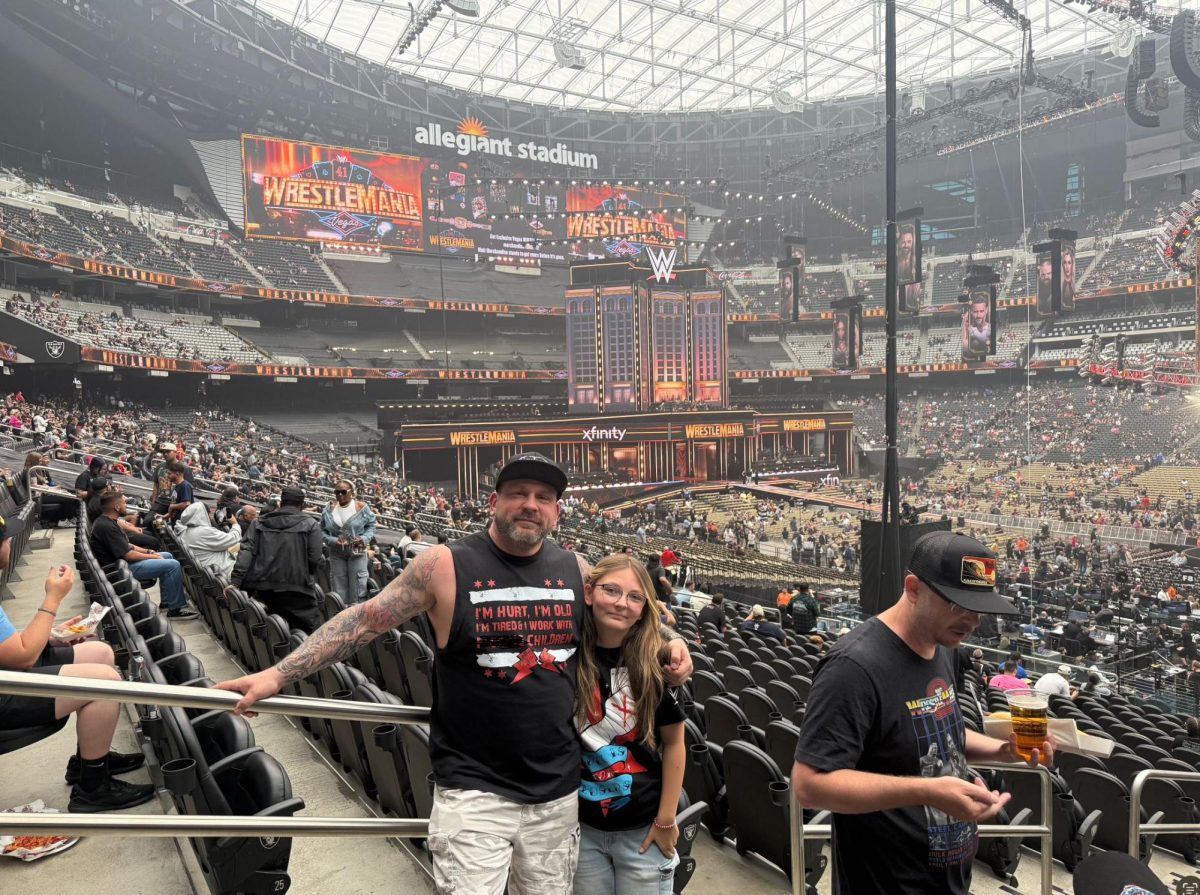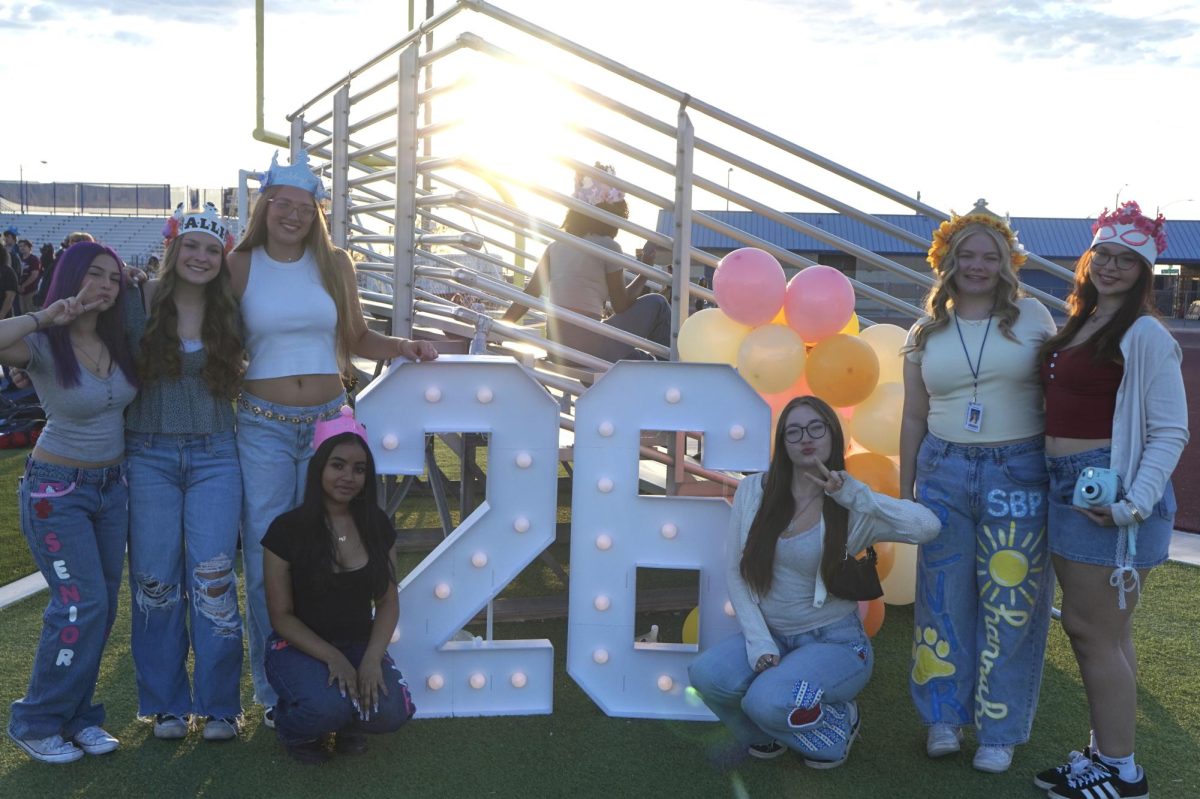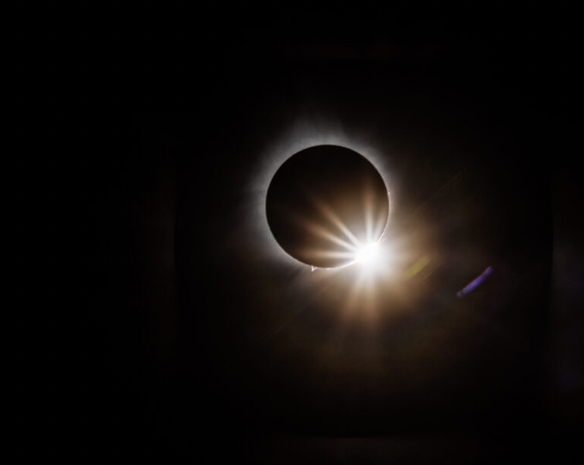In April of 2024, a total solar eclipse captivated millions across North America, carving a path of darkness through Mexico and the United States, traveling through Oklahoma, Arkansas, Missouri, Illinois, Kentucky, Indiana, Ohio, Pennsylvania, New York, Vermont, New Hampshire, and Maine. The eclipse first appeared along Mexico’s Pacific Coast at around 11:07 a.m. PDT. A total eclipse, where the Moon passes directly between the Earth and Sun to completely block the Sun’s face, temporarily transformed day into night. For only a few minutes, the sky dimmed as if at dawn or dusk, offering a surreal experience to those fortunate enough to witness the phenomenon.
To view the eclipse safely, experts emphasized the importance of using specialized eye protection, such as eclipse glasses, solar viewers, or telescopes fitted with solar filters. Indirect viewing methods, like pinhole projectors, also provided a safe alternative for observing the event without risking eye damage. During the brief totality phase, when the Sun’s light is completely blocked, viewers could safely remove their protective gear to view the solar corona—a shimmering, halo outline of plasma that surrounds the Sun. The duration of totality lasted for about 4 minutes and 28 seconds, almost double that of The Great American Eclipse of August 21, 2017.
A total solar eclipse is a rare occurrence, and the April 8 event marked the last opportunity for U.S. residents to witness one for the next two decades. Astronomers predict that the next total solar eclipse visible from the United States will not occur until August 2044, making this year’s event particularly significant for “skywatchers”.







